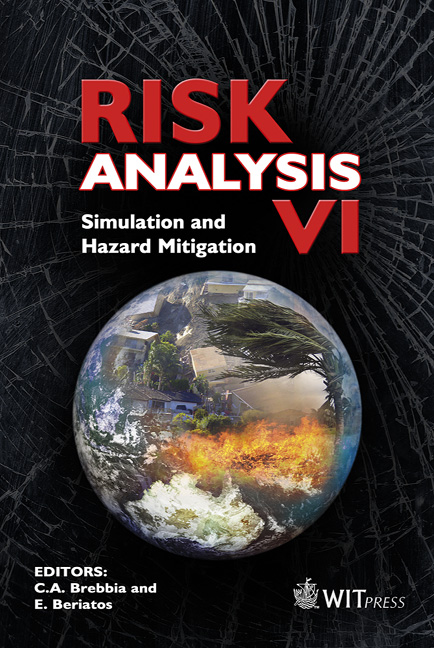Using Statistical Analysis To Mitigate Risk In Environmental Programs
Price
Free (open access)
Volume
39
Pages
9
Page Range
251 - 259
Published
2008
Size
451 kb
Paper DOI
10.2495/RISK080261
Copyright
WIT Press
Author(s)
K. Tiedemann
Abstract
Greenhouse gas emissions and local pollutants due to fossil fueled power generation are increasingly being recognized as major threats to the environment. A number of programs have been implemented to reduce emissions in developing countries, but less emphasis has been placed on rigorous evaluation of these programs to understand whether or not they are meeting their objectives and if the estimates of program impacts are reliable. The Efficient Lighting Initiative (ELI) is a seven-country program implemented by the International Finance Corporation in Argentina, the Czech Republic, Hungary, Latvia, Peru, the Philippines and South Africa. The objective of the overall ELI program is to reduce greenhouse gas emissions by promoting the use of modern and high-quality lighting products to transform domestic lighting markets. This study uses statistical modeling to evaluate the impact of the ELI program on: (1) sales of efficient lamps; (2) energy use; and (3) carbon dioxide, sulphur dioxide and nitrous oxide emissions. Keywords: energy conservation, program evaluation, regression analysis, green house gas emissions, environmental risk. 1 Introduction Greenhouse gas emissions and local pollutants due to fossil fueled power generation are increasingly being recognized as major threats to the environment. Carbon dioxide is the key greenhouse gas and has been implicated in global warming, which potentially threatens the health and livelihood of millions of people (United Nations Environmental Programme [1]). A number of common pollutants, including sulphur dioxide and nitrous oxides, harm human health and have been categorized as criteria pollutants by the World Health Organization [2]. Electric power generation is a major source of carbon dioxide, sulphur
Keywords
energy conservation, program evaluation, regression analysis, green house gas emissions, environmental risk.





